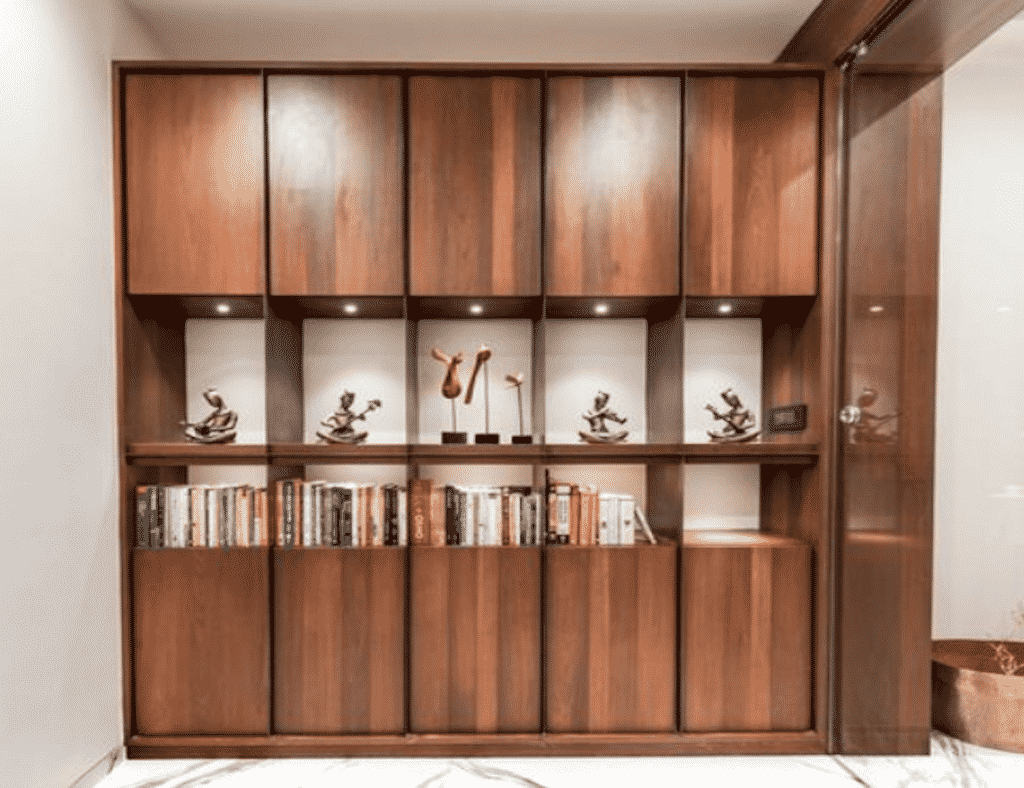Plywood – everybody knows what it is, what it looks like, and most likely, it’s in their homes. Since it is cheap and versatile, Plywood was a significant factor in developing tasks and furniture. It can be handily cut down, nailed to a rim, or sealed with cement. Despite the overall size of Plywood, no material can be substituted, particularly with all the state-of-the-art assembly technology that we currently have. Why would you have to, at any rate, substructure pressed wood? If so, what are the best available replacements for regular pressed wood?
Alternatives to plywood is supposed to be made of thin layers of wood façade or “uses.” These layers are attached to the desired thickness. This glue is also made of the pitch to bind these layers, which fluctuates from one plate to the next. The wood used in plate wood layers can also rely on the ideal characteristics of the final result. The grain of each sheet is arranged as an alternative to increasing the tightening and strength of the fragment. In addition to making compressed wood impermeable to partition, it also improves dimensional stability so that it does not fully expand or recoil in different environments. It also enhances dimensional strength.
The pros
1. Easy to find
Maybe it is that it is perhaps the most popular developed material around that the best thing about compressed wood. You will find plate wood in almost any tool shop, and the different sorts are decently determined. Compact wood is also a good option if you need to get materials for a rack or indoor section quickly.
2. Solid wood less costly than other ones
How wood is made of a variety of wood means that it can be made of high quality and economical wood. Contrasting to a chunk of splinter, often weighed, the fragment is probably much cheaper. Indeed, these more accessible qualities have proven to be one of the essential aims of compressed wood.
3. Suitability
You can now choose a compressed piece depending on how dense it is, whether you need it to be adaptable or inflexible, or looking for completion. Plywood sheets can be made much more prominent in contrast to the chunks of solid wood. Plywood sheets can be cut to the size and form required for a construction project without much stretching.
Cons
1. Water damage inclination
Even though the fragment is opposed to extension and retraction, the splintering openness to water would most likely cause the sheets to break up. In reality, compressed wood is not our choice material for regularly faced applications with excellent moisture, even though water-resilient variations are currently open to us.
2. Not as heavy as hardwood.
Plywood may use different measures to improve its solidity, but it cannot come close to a vital piece of wood. Choosing pressed wood is fundamentally a preference for a light and cheaper material to adjust to strength.
3. Can be destructive to the environment
Conventional methods for keeping together the wood façade to produce formaldehyde-based glues using compressed wood have been shown to damage the atmosphere. However, nowadays, the most pressed wood sheets are made with phenolic tars, which are much more harmless to the environment. If you are concerned about management, this is a matter that you must examine when buying pressed wood.
A polyurethane board must be the most basic unique pressed timber replacement to make an absolute difference with compressed timber. Since it is made from plastic, it is not susceptible to water damage or partition due to damp preservation. It is also remarkably lightweight and can have almost the same strength as fiberglass. As with any split wood, the assisted polyurethane board is suitable for primary and semi-underlying functions.
